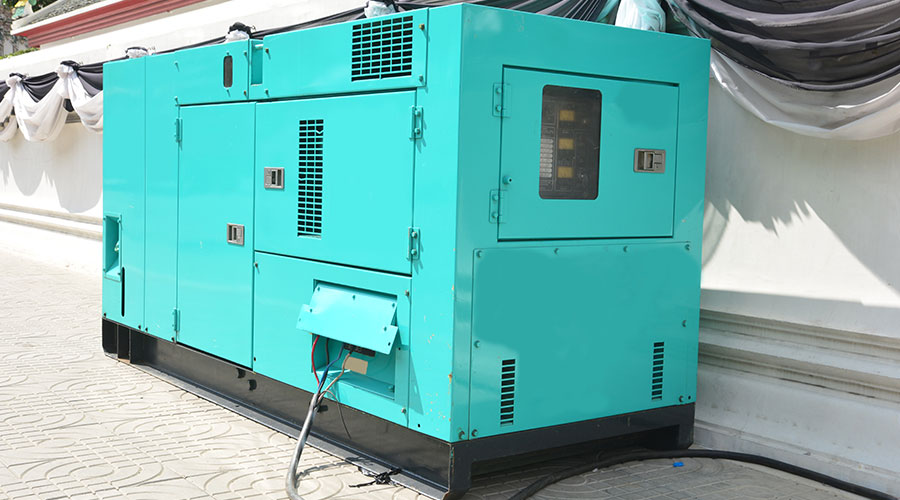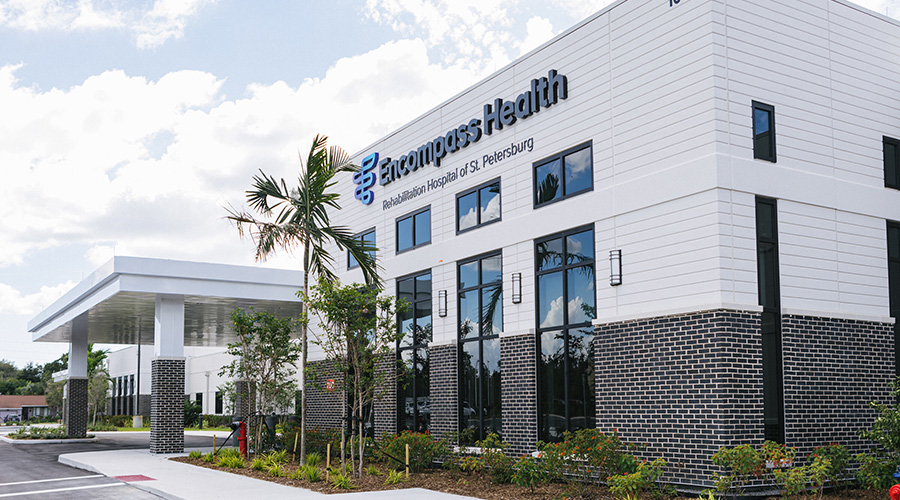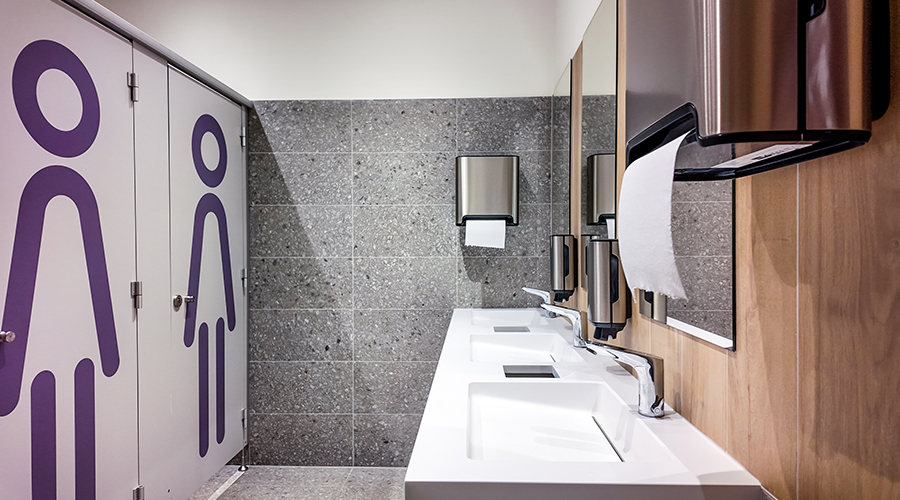Hurricane Beryl was a calamity that wreaked havoc on Texas and other states in July 2024. It initially left 2.2 million Houston residents without power, according to The Guardian. Among those affected were senior care/assisted living facilities.
Following Hurricane Beryl, Harris County required assisted living facilities to install backup power systems to protect residents during outages, ABC13 reported. However, a new Texas state law (House Bill 3595) now overrides such local rules. Instead of mandating generators, the state only requires a climate-controlled area of refuge for residents, without requiring full backup power. The area of refuge must be kept between 68 and 82 degrees while providing at least 15 square feet of space per resident.
There are now reduced regulatory pressures for healthcare facility managers to invest in generators, which may discourage proactive upgrades. However, new pressures mount since facility managers now must weigh voluntary investment against potential reputational damage and liability risks during emergencies.
The state has made available $1.8 billion for emergency power funding. However, it isn’t just for senior care facilities, as many different facilities are competing for funds, ABC13 reported. Senior care facilities will need to apply for the funding, and they’ll compete with first responders and cooling centers. Facility managers will need to carefully consider how to tackle this situation.
Related Content: The Future of Backup Power Systems in Healthcare Facilities
Conducting a comprehensive power vulnerability assessment can be a first step, according to the Federal Emergency Management Agency (FEMA). This allows facility managers to identify which systems are the most critical in an outage and how long they can run on backup power. Some actionable steps facility managers can take are to perform an energy audit, an emergency power gap analysis and identify all critical loads in their facility.
Managers should also consider investing in full-facility backup power systems. While the new Texas law only mandates a climate-controlled area of refuge, a full generator or battery system can keep life-saving equipment, kitchen appliances, elevators and HVAC systems running throughout a senior care facility.
Additionally, the National Governor’s Association advises that healthcare facilities plan for critical systems and ensure they have reliable generation, fuel storage and maintenance – not just stand-by minimal systems.
Simply meeting minimum regulatory standards may no longer be enough, especially for senior care facilities that depend on uninterrupted power. If facility managers go beyond basic compliance, they can ensure the safety of their residents and bounce back during emergencies.
Jeff Wardon, Jr., is the assistant editor of the facilities market.

 A 'Superbug' Is on the Rise in Hospitals
A 'Superbug' Is on the Rise in Hospitals The Next Generation of Security Tech in Healthcare Facilities
The Next Generation of Security Tech in Healthcare Facilities Encompass Health Rehabilitation Hospital of St. Petersburg Opens
Encompass Health Rehabilitation Hospital of St. Petersburg Opens Why More Facilities are Adding Gender Neutral Restrooms
Why More Facilities are Adding Gender Neutral Restrooms Massachusetts Hospital Cyberattack Reflects Growing Vulnerability in Healthcare Systems
Massachusetts Hospital Cyberattack Reflects Growing Vulnerability in Healthcare Systems